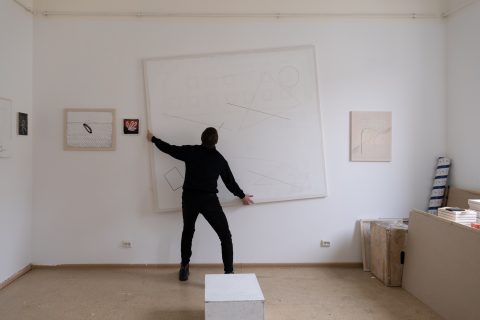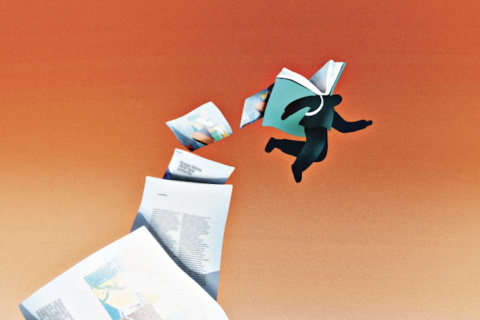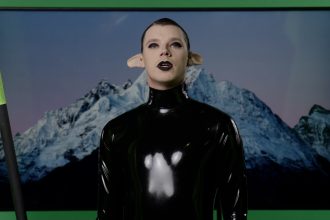A new museum in town? Dedicated to cars (and not only)? Take my money, I’m coming but… you keep delaying the visit because it’s not going to close anytime soon. Finally, the editor of the magazine offers the opportunity because the news (although the museum has been active for more than a year) is definitely not an everyday one. The exhibition consists of valuable historical equipment, which not only costs a lot but is also rarely found in our post-Soviet region.
The small Kaunas fortress-era fire station stables located on the main artery of Žemieji Šančiai, on A. Juozapavičius Avenue, were restored four years ago and they fit impressively beautiful cars, motorcycles, old advertisements, military equipment, several bicycles, and children’s toys, etc. Dalius Petrauskas, the founder of the Kaunas Technical Museum says that he tried not to overcrowd the space, although there are still many impressive exhibits waiting at home.
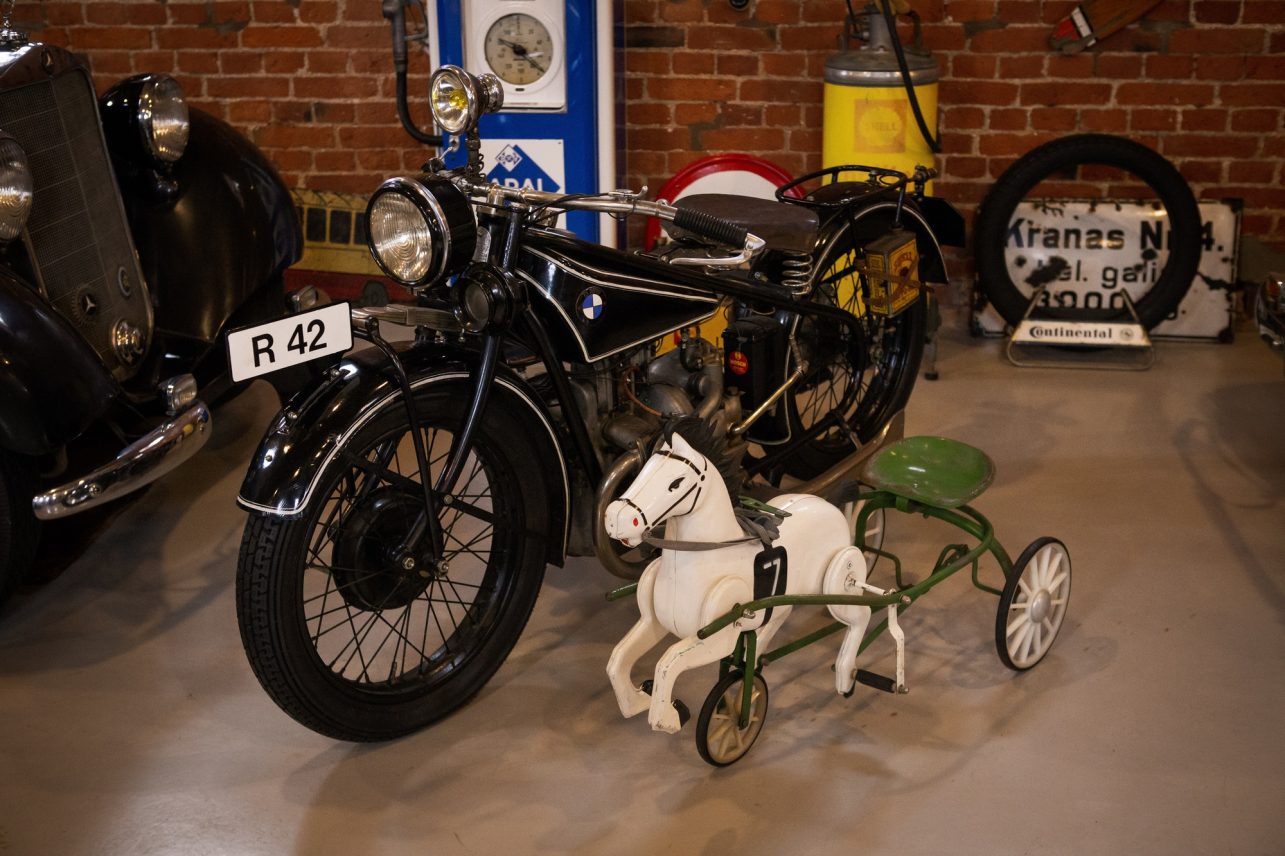

The Kaunas resident says that he began his collector’s career as a child. He even preserved perhaps the first serious exhibit of the collection – the legendary IZH-49 motorcycle. Although it is a copy of the German wartime DKW, my ears immediately perk up: it is not extremely rare. However, I did dream of one myself as a teenager, listening to the stories of my father, who was restoring machinery in his spare time at that time.
“I returned from the Soviet army and started riding a motorcycle and wondering how things work. I found old technology and engineering solutions beautiful and interesting. I dug deeper and became interested in different technologies. Little by little, this developed into a collection, the last big phase of which is the establishment of its own space open to the public,” the passionate collector from Kaunas explains.
He is modest and likes to emphasize that it is better to talk about the exhibits themselves and to educate people than to examine his life. Dalius is happy to share his knowledge and exhibits with everyone; he is especially happy when kids and young people visit. We also visited the museum right after a school excursion. So, even though the museum is not widely known yet, there is no shortage of interest.
The greatest focus is on the first half of the 20th century
After looking around, my first observation is that you don’t see the less surprising Soviet technology that we are all familiar with; however, there are a lot of interwar period Lithuanian automotive and technical relics, and a lot of attention is given to German production, you can find a lot of communication equipment. It’s fascinating because I had the chance to experience Lada as a kid, but I had never set foot in the presidential sedan from post-war Germany.
“I have that Soviet technology, but I saw enough of it while growing up; there were no German or other countries’ cars back then. It’s not for nothing that ‘German quality’ is praised to this day: the technology of that era is extremely interesting, beautiful, high-quality, and durable, created before we learned how to improve various materials; there is a lot of metal. I think that the first part of the 20th century is the golden age of technology,” D. Petrauskas added.
I asked him what the first interesting exhibit was that he bought after the fall of the evil empire. Of course, it was a Mercedes-Benz. “In addition to the one here, I have two more now. I don’t know if you remember but there was this film about Max Otto von Stierlitz called Seventeen Moments of Spring. So, this black Mercedes 230 got nicknamed after him. If you said ‘Stierlitz’ to the people of the older generation, they would know which car you are talking about.
Not just a hobby, but also an investment
By the way, the new museum owner came to the interview in the same car of the aforementioned manufacturer, only, of course, of a newer model. I can understand this passion: for many drivers of that generation, Mercedes-Benz is deservedly associated with quality and luxury, having features that Soviet equipment really could not have been proud of. I also grew up on the back seat of a Mercedes.
“Of course, there are better cars than Mercedes-Benz, for example, the American Duesenberg or the French Bugatti of a similar period. However, this is the minimum I was interested in; what I could achieve and afford. I also have and love Horch, it is a high-class car. But the one I have is the simplest, all the others cost millions. I collect the exhibits that I can afford,” the businessman says.


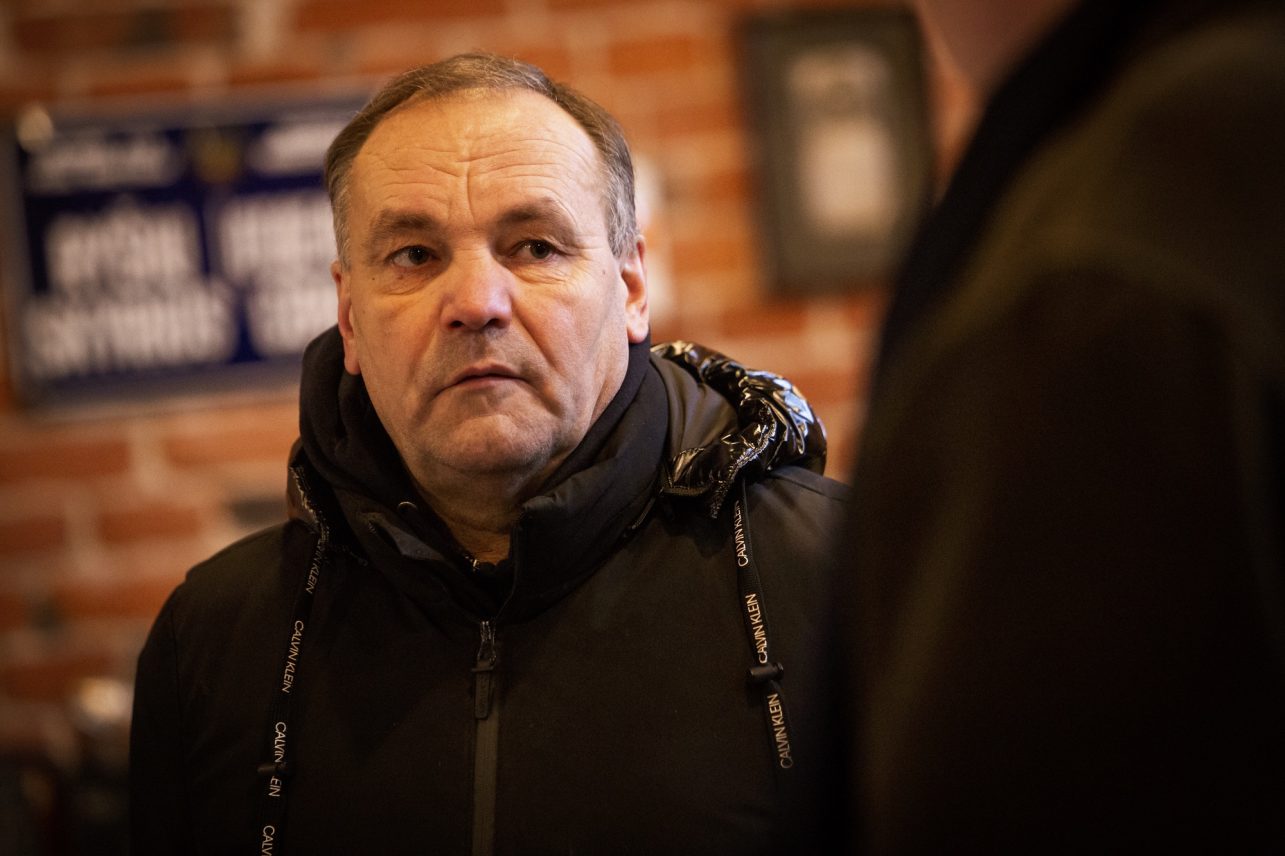
The man from Kaunas, who has been engaged in real estate development for many years, tells me that it is not only a hobby, but also an investment. Although the collector refuses to calculate exactly or determine the value every year, to speculate, and actively buy, and resell, he knows that the value of the collection is growing, and probably faster than the value of money (nowadays).
“My collecting, or this museum is not really a business project yet, not at all. Money is a very important part of these processes, without it there would be no collection, but when I opened the museum, I really had no plan to earn or somehow get reimbursed for a part of this collection. I am grateful that I found myself in a situation where I can realize my interests and, if anyone is interested, I want to share it,” Dalius says.
To search abroad and work on your own
“We don’t travel all over the world. Mostly we go to Germany, the Czech Republic, Poland, Latvia, and Estonia. There, let’s say, I find an exhibit that interests me, that meets my criteria and the description of technology. Or I find parts that are needed for the restoration of a car. And sometimes I go to sell things myself,” the Kaunas resident tells us about the collection and restoration process.
Of course, it is not easy to find this technology in Kaunas or Lithuania in general because when it was being developed and sold, it never reached our lands.
“Let’s take this S-Class Mercedes pioneer, respectfully named after Adenauer, the first chancellor of the Federal Republic of Germany as an example. First, I collect all the literature about it. Then I look at how I can restore it and collect all the original parts. For that, I go to all kinds of fairs or exhibitions and assemble it. I collect original parts and restore them. I do metalworking myself. A specialist then paints and another one upholsters the roof and the seats – they are in short supply, by the way – and I organize the work. I disassemble, wash, take it where necessary, sand it, and take the engine to the motorist, and the gearbox to its specialist. At the lathe operator’s we plan what to make, and at the paint technician’s what to cover in paint.”
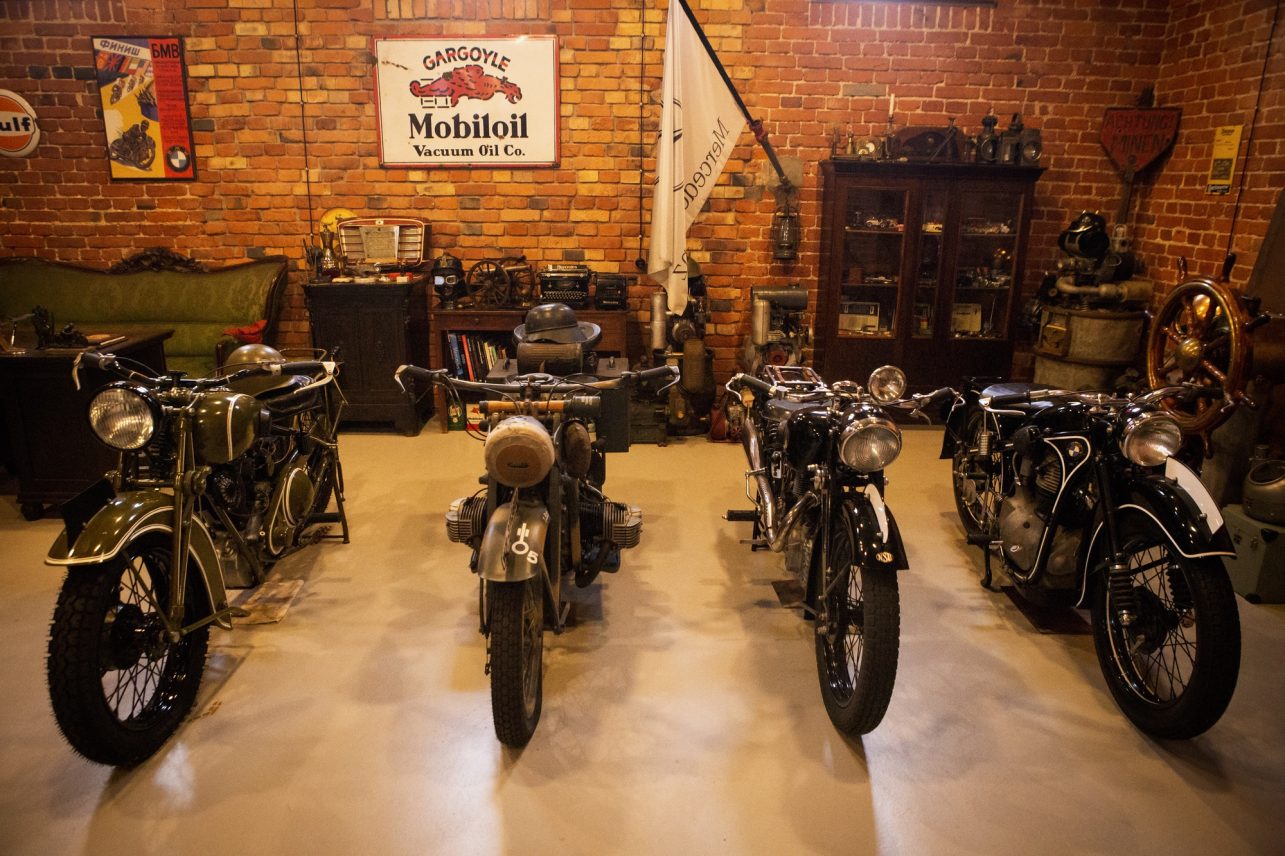
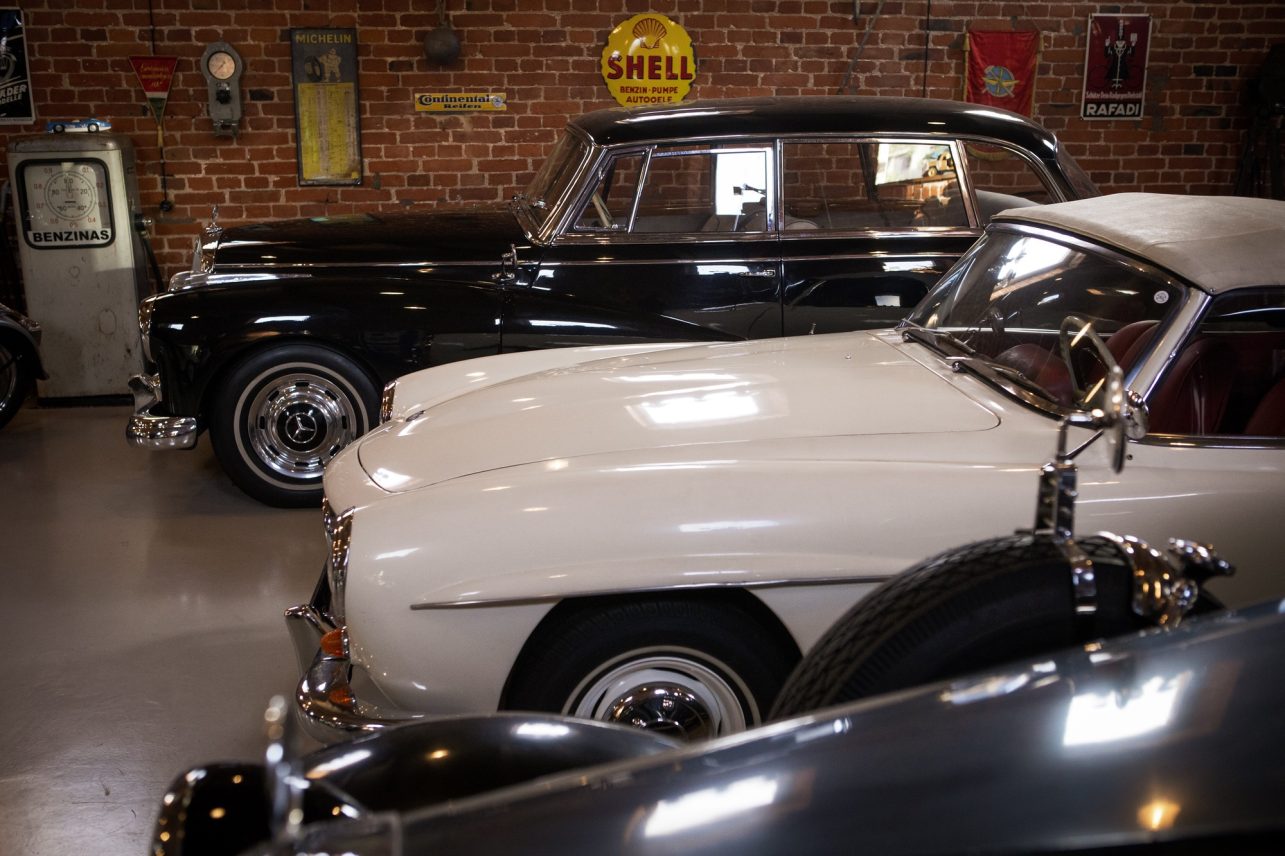
The collector says that various connections established over the years and the communities of motorists and technology enthusiasts help a lot. Dalius was also the founder of one such club, the Lithuanian Antique Automotive Technology Club. However, the organization is not that active at present due to the lack of time. Almost all free time is consumed by the personal collection and the new museum.
Attention to the Lithuanian part of history
Although there are many beautiful vehicles around, I am mostly interested in the part of the exhibition dedicated to the automotive industry of the Republic of Lithuania.
“Lithuanian American joint-stock company. Here is an aluminum serial number plate with Lithuanian text from the original Ford model sold in Kaunas during the interwar period. The same joint-stock company sold cars and conducted courses for drivers. You take the course, get a diploma, and then you can drive. These large sheets are the interwar period driver’s license.”
At the museum located on A. Juozapavičiaus Avenue 58, you will find more interesting Lithuanian exhibits, for example, a fuel pump of an early model and trophies from various interwar period competitions. An extremely interesting exhibit is the original BSA license plate issued by Kaunas City Municipality. The motorcycle itself also exists; it just did not fit here.
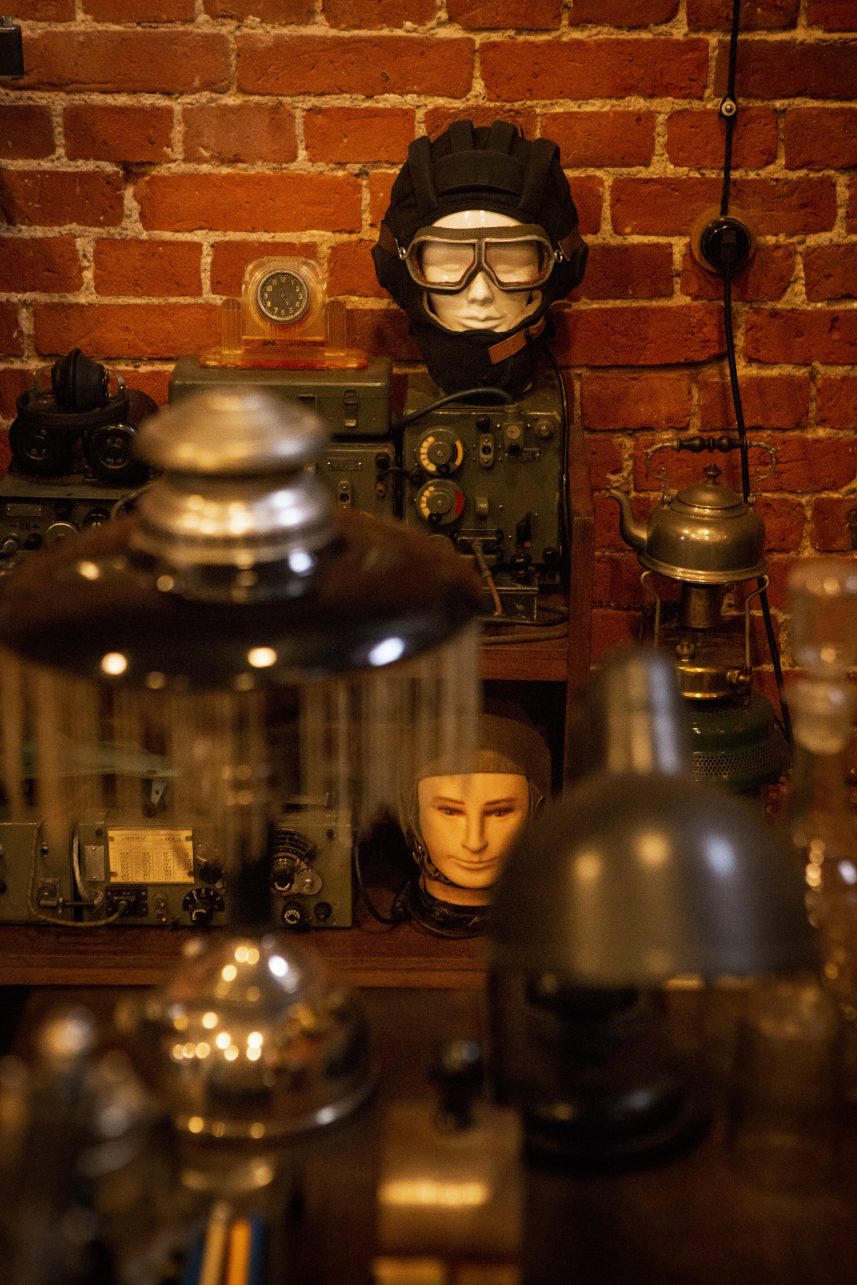
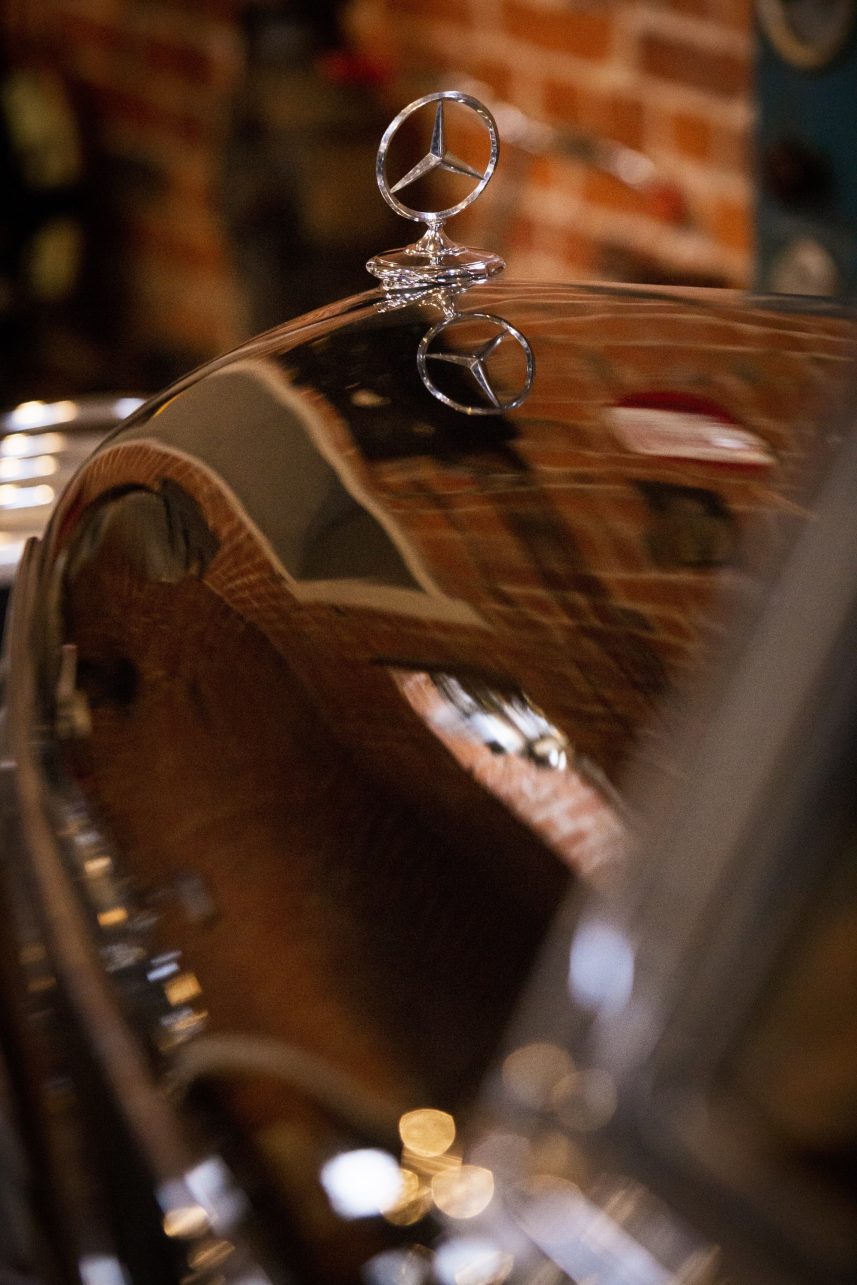

“I collect literature and photos about the locations of car manufacturers’ representative offices in Kaunas. Strangely, although we did have a Mercedes-Benz dealership, apparently, they did not sell that many cars. Despite being reliable, they are expensive and more difficult to repair. In addition, Lithuania’s relations with Germany were complicated in the interwar period. Lithuanians liked American and English production the most.”
A. Smetona himself, it is claimed, first drove a trophy Mercedes bought from the Germans after the First World War. Later, the French Delaunay Belleville found its way to the yard of the presidential palace, after that followed by an Italian Fiat. Finally, the president got into a luxurious American Lincoln. Both this and other mentioned historical cars of our country disappeared after the arrival of the Soviets, their fate is unknown.
There is always plenty of work
Dalius Petrauskas is currently restoring a Daimler car: a huge 7-seater monster with an 8-cylinder engine. This is likely the first and so far, the only car in Lithuania of this no longer existing, historic, and extremely important brand in the development of automotive history. The restoration of the aforementioned Horch is also nearing the end.
“It has a very interesting history. It was brought to Kaliningrad from Germany in 1945 as a trophy by some KGB general, whom we see in this photograph. In the forties, they wanted to list all that equipment and made the inventory. The KGB used that car for some time and then wrote it off. After being written off, it traveled from Kaliningrad to Lithuania. One person had it and then it came to me.”
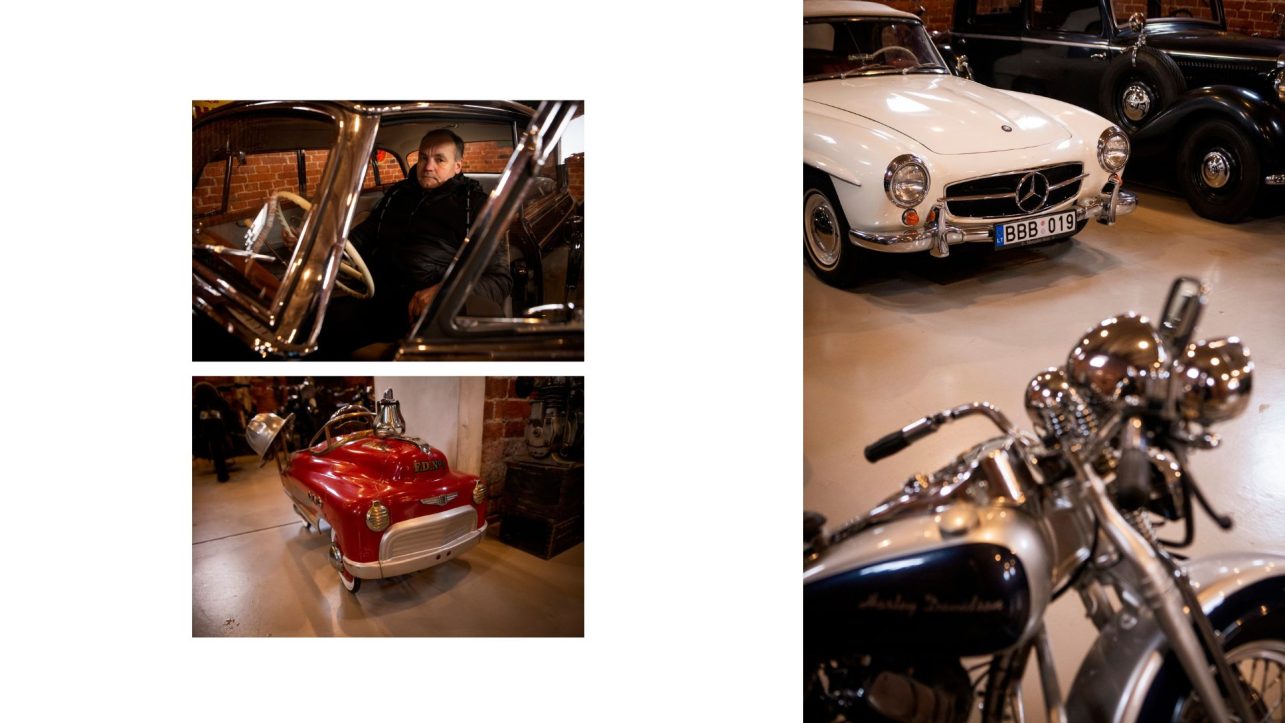
As the owner says, his work with real estate is very similar: you search, collect information, buy, and then restore. A similar scenario awaits the adjacent building which served as the fire station during the tsarist occupation, where the railway administration operated for many years and dormitory-style rooms were established on the second floor. It took 10 years to buy all these premises from individual owners.
In the long run, after the rest of the spaces are fixed, they will be turned into an even bigger exhibition space, a bar for technology enthusiasts, a cozy courtyard with a terrace, and the former dormitory-style rooms will become a hotel for city guests. The tourists, of course, will be offered all kinds of entertainment related to old vehicles, for example, city tours in exclusive cars. And for now, as Dalius said, we can be happy that the former stable was filled with horsepower.

